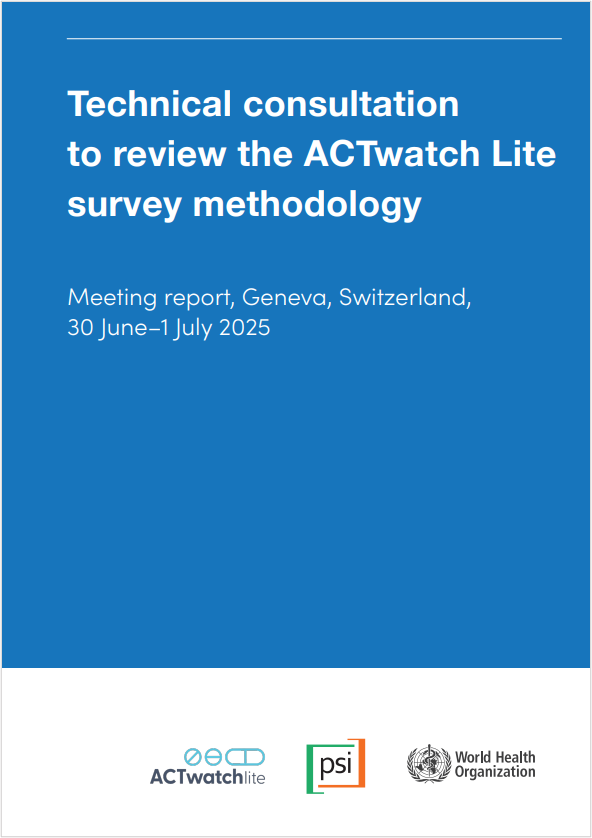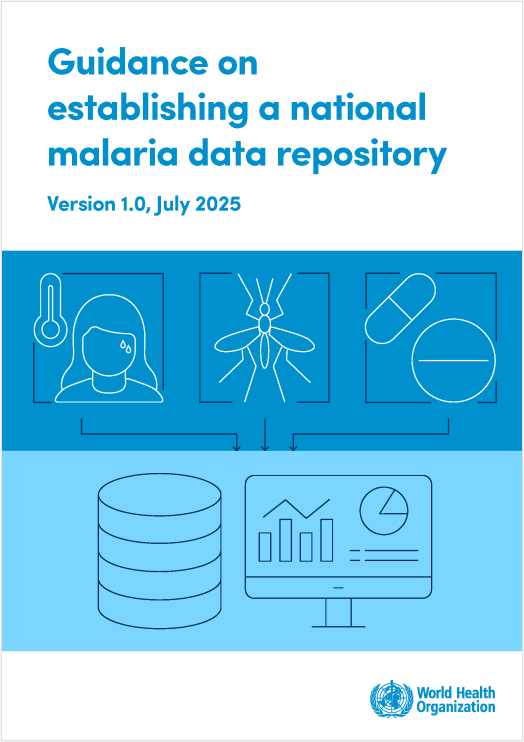Last Updated: 02/09/2025
Redefining thermal suitability for urban malaria transmission in the context of humidity
Objectives
- To investigate the effects of humidity on the temperature-malaria transmission relationship.
- To formulate and parameterize a temporal coupled human-mosquito transmission model used to predict the seasonal and interannual variation in malaria incidence and vector abundance.
- To implement a spatial model to predict transmission risk and incidence across urban environments by using meteorological observations with urban land cover data to map environmental suitability for malaria transmission.
With urban environments the fastest growing landscapes on the planet, transmission of vector-borne diseases by urban adapted mosquitoes has increased markedly over the past several decades. Urban vectors include Anopheles stephensi, the mosquito responsible for urban malaria across South Asia. Elimination of malaria in South Asia, and preparedness against its further expansion into Africa, hinges on effective action against the disease in cities. We know temperature has strong, non-linear effects on malaria transmission. Although relative humidity also has important effects on malaria epidemiology, its quantitative effects on transmission are vastly understudied and often treated as independent from temperature. Mosquito-relevant microclimates are further affected by pronounced spatial variation in human population densities and landscape features of urban environments resulting in strong temporal and spatial patterns of disease transmission. Because these relationships are currently not well understood, we have limited capacity to predict the emergence, spread, and control of malaria in urban environments. Our overarching hypothesis is that humidity affects urban malaria transmission by modifying the temperature-transmission relationship. Further, incorporating the effect of humidity will improve predictions of malaria transmission and hot spots of malaria risk in both temporal and spatial models of transmission. Our proposed research will address this knowledge gap through the following specific aims. Aim 1 will investigate the effects of humidity on the temperature-malaria transmission relationship. Comprehensive experiments will be conducted to characterize the effects of both relative humidity and temperature on mosquito and malaria life history traits relevant for transmission. These mechanistic relationships will then be integrated into temporal and spatial models of malaria epidemiology in Aims 2 and 3. Aim 2 will formulate and parameterize a temporal coupled human-mosquito transmission model used to predict the seasonal and interannual variation in malaria incidence and vector abundance. Aim 3 will implement a spatial model to predict transmission risk and incidence across urban environments by using meteorological observations with urban land cover data to map environmental suitability for malaria transmission. Suitability maps will then be overlaid with population density and socio-economic factors to predict hotspots for transmission. Two cities in India, Surat and Ahmedabad, experience notable differences in mean annual relative humidity and have maintained extensive surveillance malaria programs over the last two decades. These two cities will provide contrasting opportunities to test the ability of the climate-trait relationships from Aim 1 to improve transmission models of urban malaria. Major outcomes include an improved conceptual framework for the environmental epidemiology of urban malaria based on mosquito biology, and new modeling approaches that apply this knowledge to make predictions of disease transmission. Prediction of upcoming anomalous seasons combined with identification of hotspots will enhance targeted public health intervention.
Relevance: Accurately predicting transmission of mosquito-borne diseases in urban environments is challenging due to limited quantitative knowledge on the interacting effects of humidity and temperature on transmission, as well as pronounced spatial variation in human exposure to mosquitoes and mosquito relevant microclimates in cities. This proposal will utilize data generated from experiments that define key relationships between temperature, relative humidity, and transmission, along with climate data collected in the field, to build mechanistic models of temporal and spatial variation in urban malaria. Major outcomes will include an improved conceptual framework for the environmental epidemiology of urban malaria based on mosquito biology and new modeling approaches that apply this knowledge to make predictions of disease transmission.
Sep 2020 — Aug 2025
$3.24M


